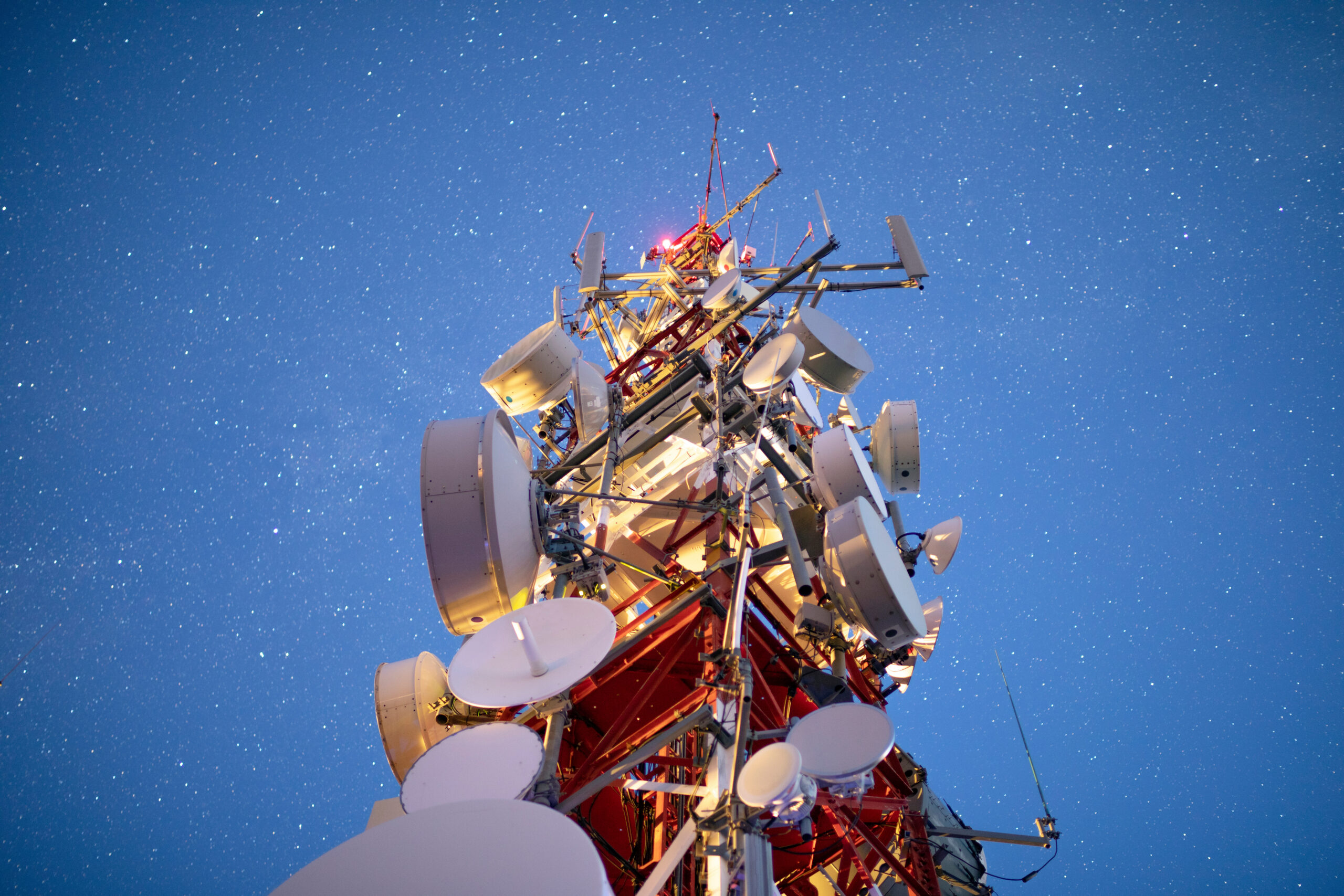Fixed Wireless Access (FWA) is becoming an increasingly popular enterprise networking option where there are no fiber services available, or as an alternative or backup connection.
FWA initially gained traction in the less-demanding consumer market, but, with the advent of 5G, it’s rapidly becoming a scalable, reliable connectivity choice for businesses – a fact that’s reflected in the growth of worldwide connections from 73 million in 2020 to 160 million by 2024. But what is FWA, whom is it suitable for, and what does the future hold for its potential as another connectivity option for enterprise networking?
What Is Fixed Wireless Access (FWA)?
Instead of using a physical link like fiber for wide-area enterprise connectivity, FWA provides broadband access to a single, fixed location using the cellular network.
FWA creates a connection between a nearby cellular tower and an antenna at the customer location. The antenna, which can be outdoors or indoors, depending on the installation requirements, is connected to a router within the premises. This router provides connectivity to devices at that site via Wi-Fi or ethernet cabling as normal.
Unlike other wireless devices such as cell phones, which link directly to the cellular network and are designed to connect from different locations, the CPE (customer premises equipment) that FWA uses is generally static.
FWA Is Ideal in Areas Without Fiber and for Network Redundancy
Although the rollout of fiber in the US is accelerating rapidly, around 48% of homes and businesses still don’t have access to it. DSL is generally too slow for the needs of most enterprises, and satellite broadband can be expensive and sensitive to interference.
The cost of deploying fiber to areas that aren’t already serviced can be extremely high. Some locations aren’t financially or geographically feasible for fiber deployments, such as remote and rural areas, old buildings, and mountainous or rugged terrain.
Many of these areas, however, are covered by cellular networks, making FWA a strong option for primary connectivity.
Since FWA designed for enterprise use is uncontended, it offers low latency and very high uptime backed by SLAs. Scaling cellular capacity as the needs of the business grow is generally a fast and straightforward process, too.
FWA is also suitable as a diverse option for network failover. If a wired primary connection goes down (for example, if a cable is hit by a backhoe), then wireless services will still be available, allowing the enterprise to continue working as normal.
Quick Installation Makes FWA Perfect for Temporary Sites
Compared to new fiber deployments, which are time- and labor-intensive, it’s usually much faster and more cost-effective to connect a new location with FWA. Increasingly, many FWA solutions are plug-and-play, making installation even more straightforward.
This makes it a good choice for sites that need to be up and running quickly with reliable high-speed connectivity, but without exorbitant setup costs. It’s also ideal for short-term requirements where wired connections don’t make financial sense, such as temporary retail stores, construction sites, and filming locations.
Where Is FWA Suitable?
- Remote locations and areas without fiber access
- Temporary sites where wired connections would be impractical
- Time-sensitive installations that need immediate connectivity
- Backup connections and network redundancy
5G Is a Giant Leap Forward for FWA
Many enterprises worry that FWA won’t be able to provide the fiber-like speeds and performance their users and applications need. The development of 5G, however, has been a game-changer, and Ericsson predicts that nearly 85% of FWA connections will be over 5G by the end of 2029.
In a recent test, Verizon achieved a peak download speed of 5.5 Gbps. While average 5G speeds are currently well below this level, they’re rising steadily as the technology matures. With maximum theoretical speeds of 10-50 Gbps, FWA powered by 5G is becoming an increasingly compelling connectivity option for enterprise use.
5G also offers valuable new capabilities to boost the performance of wireless links, such as intelligent traffic management and network slicing (which divides connectivity into “slices” that are tailored to meet different business or application needs).
One Size Doesn’t Fit All: When FWA Isn’t Suitable
When deciding whether FWA is the right solution for enterprise connectivity, it’s important to bear in mind the scenarios in which it may not be appropriate:
Line of sight: To work at its best, FWA requires a clear line of sight between the CPE and the cell tower. It may not work at its best if there are barriers like buildings and hills between the location and the tower, though this may become less of a problem as the technology develops.
Distance: The higher-frequency bands of 5G provide faster speeds, but these frequencies can’t travel as far without degrading. This means installations may be limited by the distance to the nearest cell tower.
Bandwidth: In its current form, FWA may not be able to meet the needs of enterprises that have very high speed and capacity demands.
Coverage: The rollout of 5G is ongoing, but some regions still only have limited coverage. Without 5G, FWA’s speed and capacity are more constrained.

The Future of FWA: SD-WAN and Beyond
Even with the hugely increased capabilities of 5G, there are still concerns that FWA might not reliably meet the needs of more demanding enterprise applications like voice, video, and business-critical cloud services.
This is where SD-WAN can help. FWA can easily be combined with other primary and secondary connectivity options as part of an enterprise SD-WAN. Traffic can be monitored and dynamically routed to meet the needs of individual apps and services, depending on performance and congestion within different parts of the network. This allows network teams to harness FWA as another flexible connectivity option, while maintaining network quality of service.
Ongoing developments in FWA are also boosting its value to the enterprise by reducing interference and improving performance, such as beamforming and smart antennas, which can automatically find the best signal path without manual adjustments. More advanced network technologies are also making it easier to increase and aggregate capacity to meet the needs of bandwidth-heavy applications.
Global FWA connections are expected to grow from 160 million by the end of 2024 to 350 million by the end of 2030, when it will represent nearly one in five fixed broadband connections. FWA may still be maturing, but it has much to offer as a flexible, diverse enterprise connectivity option, and is clearly defining itself as a valuable tool in the network toolbox.
